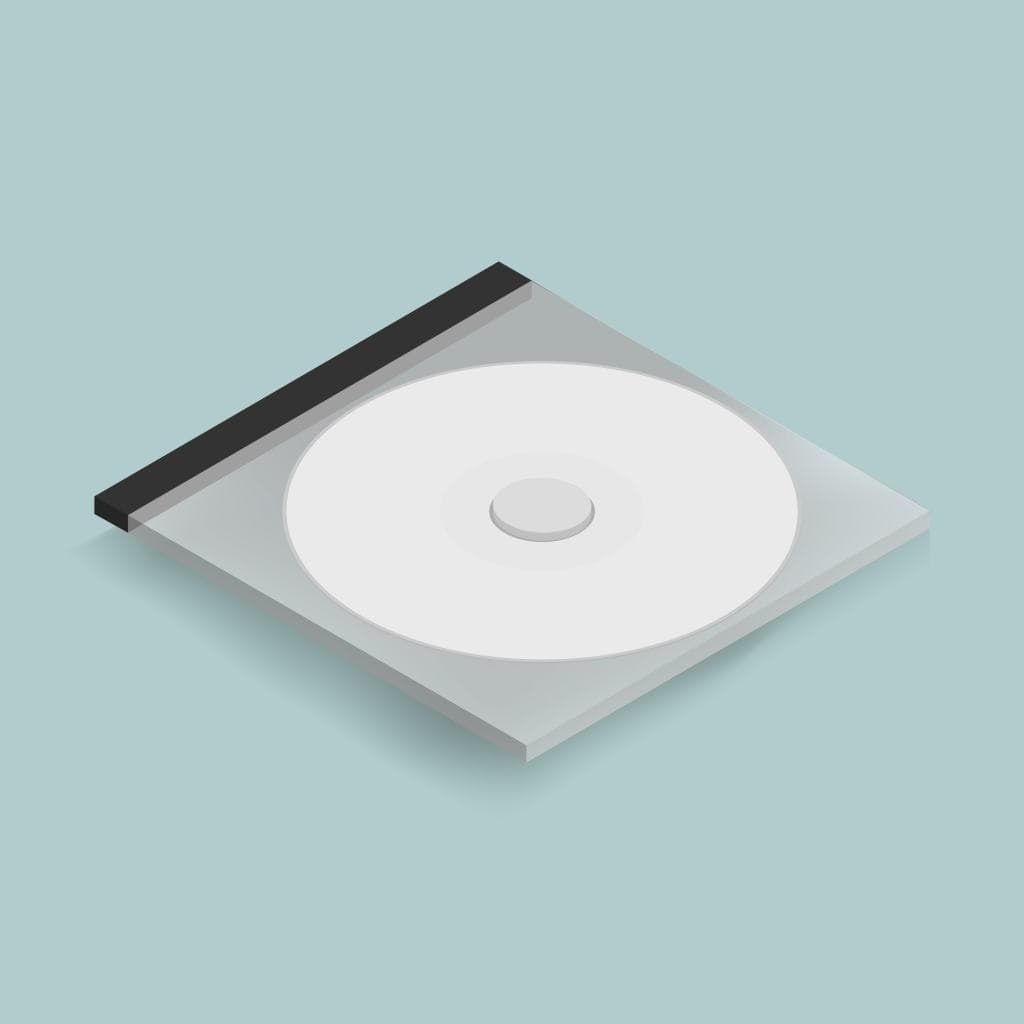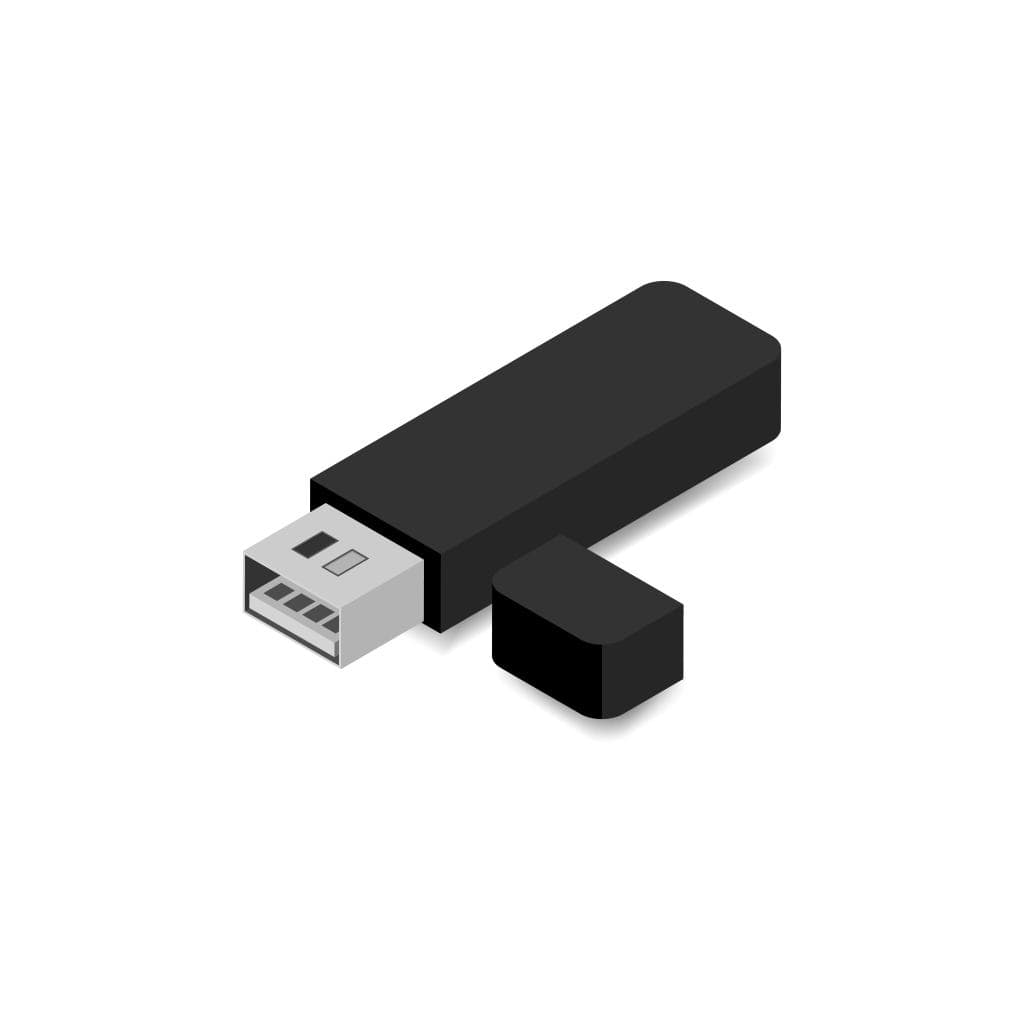
One common problem Windows users encounter is trying to retrieve data from a dead device. The computer will often advise to “back up all the data and then reinstall” as a cautionary measure. The trouble arises when the computer cannot boot, thus making it difficult to access the data. Thankfully, this is a problem that has several solutions.
One way to address this issue will be booting data from an Ubuntu Live CD. This process is simple and the only additional equipment needed is a blank CD.


If there is access to a second computer, it’s possible to download and burn an Ubuntu live CD using the ImgBurn application. To begin this process, open ImgBurn and click “Write image file to disc.”
Next to an icon labeled “Source,” there will be an ISO file. Download this file, insert a CD into the drive, and allow the device to burn information onto the CD.
Now that the boot CD exists, it can be placed in the drive of a computer for booting purposes. After inserting the CD, an option to “Try Ubuntu without any change to your computer” should pop up.
Allow the system to start up. Afterwards, scroll toward the “Places” option and select “Computer” from the drop-down menu.
This action should prompt a window that shows all of the drives available in the system. The Windows drive may or may not open after double-clicking. Occasionally, an error message will appear that states “Unable to mount the volume.” This message appears because Windows did not shut down the drive properly.
In the message, there will be a link labeled “Details.” Click on this link and leave the window displaying the details open. Within this description should be the phrase “Choice 2.” This is important to note because this is a command to allow Ubuntu to use a drive when there is something wrong with it.
To address this error, open a new Terminal after following the Applications>Accessories>Terminal sequence from the top menu. Once the Terminal has been opened, a series of commands will need to be typed.
Now, switch to “administrator” mode (in Linux terms, this is “root”). This can be achieved by the following command:
Sudo /bin/bash
A directory is needed so the drive can be mounted. This can be accomplished by this command:
mkdir /media/disk
This command will be similar to the one posted below, except /dev/sda1 will need to be replaced with the text that appears from the “details” box. This command will instruct Ubuntu to use the ntfs-3g driver, and force mounting even when there is a problem.
mount -t ntfs-3g / dev / sda1 /media/disk -o force
If the drive in use is FAT32 and not NTFS, the following command will be used:
mount -t vfat -o umask=000 /dev/sda1 /media/disk
If you are unsure what file system the device is using (NTFS or FAT32), the following command can help. Double-check that the command will run the system as root.
fdisk -l
The output will now provide more information about available drives, file system types, and device names.
The hard drive should be accessible through the icon within the Computer file system. If there are multiple drives or partitions, these items will show up separately in Computer. The additional drives can also be opened up using the above process.

At this stage, it is advisable to plug in an external USB drive. This drive will place an icon on the Ubuntu desktop and pop up as a nautilus window showing the contents inside the drive.
When deciding whether to use a flash drive or a full external drive, be mindful of the amount of space needed for backups. Either tool will work, but full external USB drives have more storage.
If there is a large amount of empty space on an external drive or network share, it will be wise to back up all of the drive. This process will take longer and it will be necessary to sort through the contents later. This is recommended because all contents will be backed up and there is no anxiety regarding losing work and documents.
Alternatively, when space is more limited, the user folder can be prioritized. If using Windows XP, check “Documents and Settings.” If using Windows Vista, select “Users” and choose the necessary username from the list. With this method, application files will not be backed up. It is a good idea to search around the drive to see if anything important was saved somewhere else (and take extra caution if using more than one external drive).
It is also possible to back up a drive to a network share on another computer. To accomplish this, use the Places>Connect to Server item on the drop down menu.
On the Service type menu, select “Windows share.”
Add the details of the network drive, including:
Server: Computer Name
Share: Shared Folder Name
User Name: chosen username
After entering in the above details, click “Connect.” A window will pop up prompting for password information. Leave the domain name as default (unless using a custom workgroup name). If using a personal computer, select the “Remember password until you log out” button. Once connected, there should be an icon on the desktop signaling network share.
Open up the network share and check to see if everything is appearing correctly on the shared folder. Now that the contents have been checked, copy all of the files from across the network using the instructions mentioned in this article.
Hopefully, all the data should be backed up. When backing up data to an external hard drive, it can be a good idea to copy files to another computer as a precautionary measure. If items were backed up across the network, it is best to back up those items using additional methods as well.